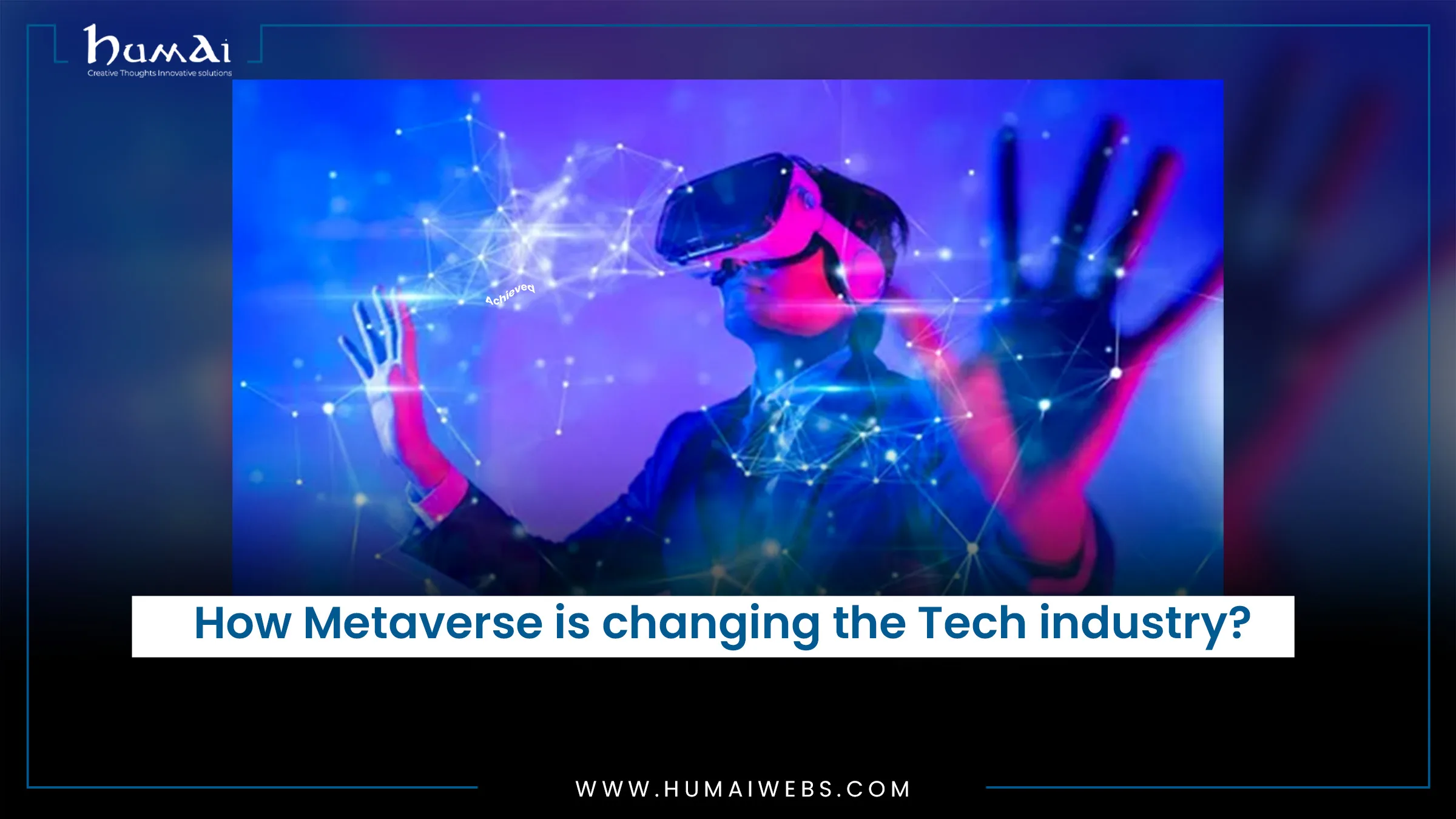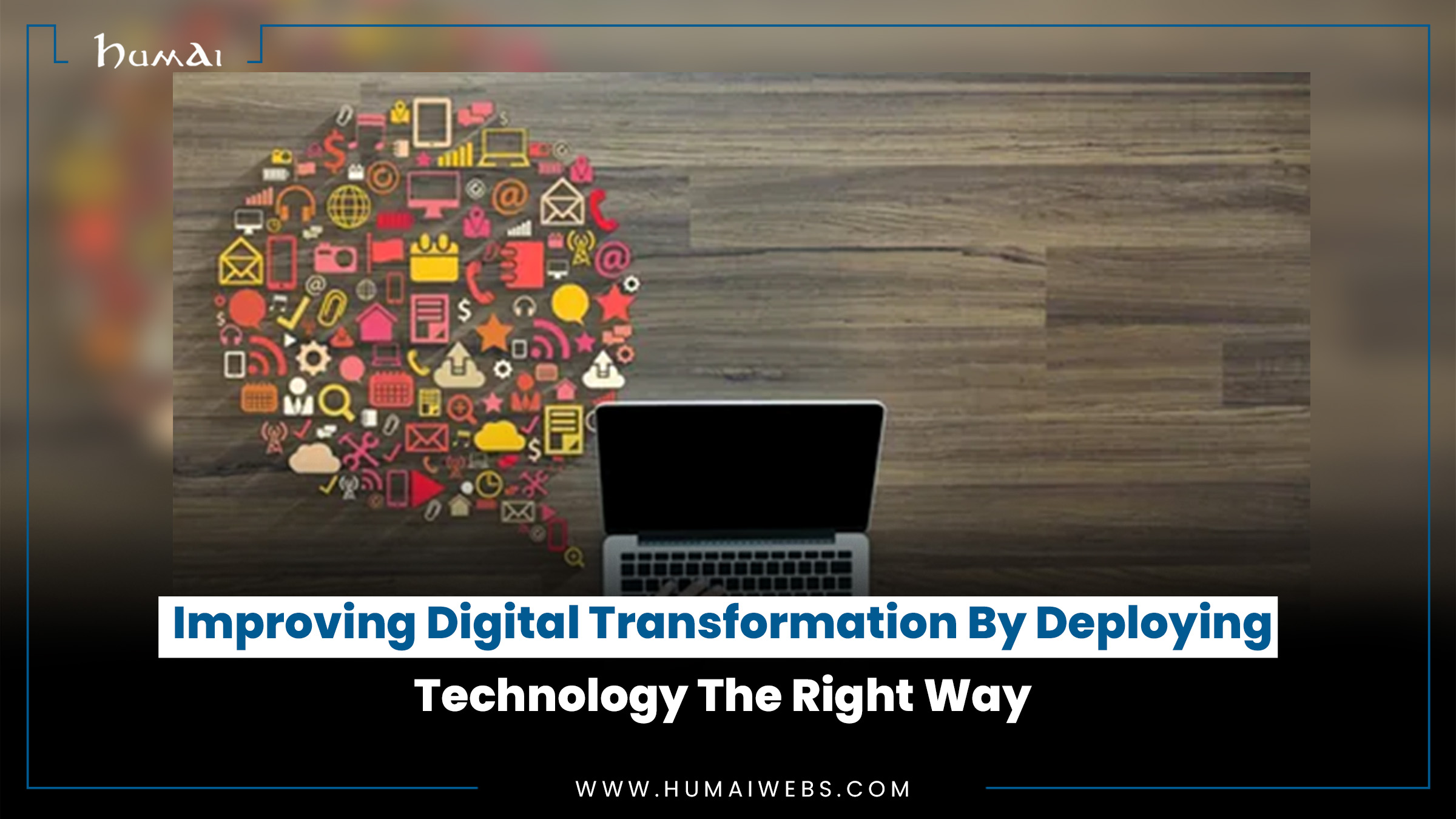
By 2020, there will be more than 7 billion people on the planet. And while that number is daunting, it also means that there will be an unprecedented demand for technology in the coming years.
In fact, according to a report by Frost & Sullivan, global tech spending is expected to reach $1.6 trillion by 2022, up from $1.2 trillion in 2018. And while most of that spending will go toward traditional IT systems and business applications, startups are also expected to be big players in this space.
The reasons for this shift are varied, but many are tied to the fact that digital technology has become ubiquitous and is used in all aspects of life—from how we communicate with one another online to how we access government services.
This means that startups have a unique opportunity to carve out their own niche when it comes to serving customers who are looking for solutions outside of what’s traditionally been offered by large corporations like Apple or Microsoft. In this article, we’ll look at some of the reasons why startups can thrive in this space and how they can do so successfully.
There are three key areas that tech startups in the next decade will be focusing on
Artificial intelligence (AI) and robotics will be a focus for many tech startups as they continue to evolve. AI is already playing an important role in industries such as healthcare, transportation and financial services, but it’s also being used by companies like Google to power their products.
For example, Google has been developing autonomous cars for years now — a process that began with an early prototype called “Stanley” back in 2009 when MIT researchers were working on building self-driving vehicles using lidar sensors mounted on top of modified SUVs or pickup trucks driven along highways at speeds up to 60 mph (100 km/h).
In 2011 they released this same technology into the public domain so anyone could use it free of charge under an open-source license called MoBILE (Mobile Open Vehicle Architecture).
All these areas are expected to make significant progress in the next decade
- AI and computing power: This will be a big deal in the next decade. The ability to use machines as intelligent assistants will allow us to do more with less effort, which is another way of saying that we’re going to be able to accomplish more with fewer resources.
- Robotics and automation: Robots are already being used in manufacturing plants, but they’re also increasingly being deployed in areas such as healthcare and construction sites where workers need not worry about getting injured on the job (and there are no unions). You can expect this trend will continue as robots become cheaper, easier to use and more reliable over time—which means you could soon see them used for tasks like household chores or farm work instead of just manufacturing processes only previously performed by humans.
- 3D printing/3D scanning/life sciences: Big changes are coming when it comes time for these technologies to mature enough to be used outside research labs—and right now, those days seem pretty far off! But if someone wants something made by hand today, then chances are good they’ll turn around tomorrow morning after ordering online overnight delivery service from Amazon Prime Now because otherwise, waiting days before receiving the item would mean waiting months until it’s made available again (at least according to my experience).

Artificial intelligence and computing power
Artificial intelligence is a key technology that will significantly impact how we do business and live. AI has already been used to improve the efficiency and productivity of many industries, including healthcare, education, retail and financial services.
AI is also helping companies solve problems in new ways. For example:
- Amazon uses machine learning to help users find what they want faster;
- Facebook uses facial recognition technology to identify users based on their appearance;
- IBM’s Watson supercomputer can help doctors better diagnose diseases by looking at thousands of patient records at once;
Robotics and automation
Robots are becoming more and more popular in the workplace. They can do things that humans cannot, including manufacturing and logistics, healthcare, education and entertainment. The first robot that was developed was the Unimate, which was used during World War II by General Electric to build weapons such as bombs and missiles. Technology has evolved over time since then; now, we have robots that can perform tasks for us without any human interaction at all! These new machines could potentially save lives in emergency situations when there isn’t enough manpower available to respond quickly enough (think hurricanes).

3D printing, 3D scanning and life sciences.
3D printing is a technology that allows for the creation of physical objects from digital files. This can be used to create many different types of objects, including toys, furniture and even parts for cars. It was first used in the 1960s by researchers at MIT when they were able to make models out of plastic or metal powder through a process called stereolithography (SLA).
Since then, more advanced technologies have been developed which allow for higher-resolution images as well as faster production times without sacrificing quality or durability. In fact, today’s printers are capable of printing up to several hundred layers — each layer being made up of individual cross sections — making it possible to create extremely lifelike models with intricate details such as hair follicles!
The world is developing rapidly, so it’s important to stay up with new technologies.
The world is changing. It’s important to stay up with new technologies and make sure you are able to provide your customers with the best services possible. This is why we have decided to create this blog post, which will help you understand what is in store for companies in 2023.






